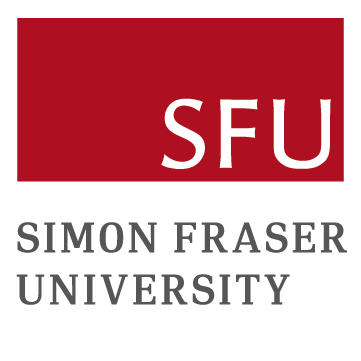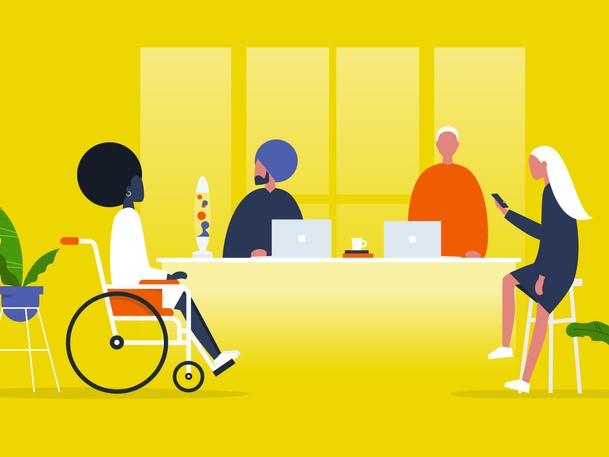
The comfort and joy of flipping the classroom
‘Tis the season to embrace the magic of a flipped classroom. Multidisciplinary educators offer their perspectives
You may also like
Popular resources
Finishing the semester and heading into the holiday season, we reflect on a gift that has brought cheer to us as educators and to our students: the joys of flipping the classroom. In this modern pedagogical classic, students come to class familiar with course content, having already been exposed to and assessed on asynchronous videos, readings or other activities. By doing this, the classroom is primed to be an active, multi-voice space of practice. Students engage with the content, their peers and the teaching team.
Considering the substantial evidence of the effectiveness of flipped and other active approaches, it is discouraging that traditional lecturing still predominates in universities. It’s true: flipped course development takes considerable time, energy and imagination, and these barriers have deterred academics from making the switch. However, in our experience, this upfront investment is not substantially different to any course (re)development, regardless of format. The rewards of flipping, however, are generously delivered: meaningful connections, deeper learning and the freedom to be responsive to our students. With these gifts, flipping has intensified our joy of teaching.
Classroom as community
Like celebrating the holidays, learning is a social activity, and flipping can help develop communities within classes.
Rather than being content-focused, flipped classrooms are connection-focused – relational instead of transactional. Knowing who our students are is crucial for their learning, and a flipped classroom lets us build relationships. These connections keep us attuned to the needs of our actual students.
- Reconceptualise the ‘classroom’ for enhanced student engagement
- What does ‘student engagement’ mean to you? And you? And you?
- Want to advance students’ self-learning? Look at your course design
Exactly how these communities are built is up to the instructor and their students. We have found success with devoting class time to group activities – problem sets, sample exam questions and case studies. Students get to know each other and the material better, experiencing the joy of discovery as a collective. The instructor circulates, facilitating rich discussion and answering questions. This way, everyone benefits from exploring other perspectives and approaches.
Make learning meaningful
By moving the first exposure to class material into the pre-class work, students arrive with a shared foundation, empowering them to contribute. We have found it remarkably impactful on the way students act and learn. Class time no longer feels like a space for students to simply collect facts, but instead is an experience of practice and feedback.
Pre-class work can vary to best suit course learning outcomes and instructor goals. Instructor recordings, curated videos, readings and textbook activities can all be beneficial. The more authentic to the discipline, the better. For example, flipping a course-based research project to provide class time on data interpretation reduced the barriers students experienced when doing authentic research – and was deeply rewarding for the instructors.
Working towards broad-based student support is more important than ever, but can feel overwhelming as an instructor, particularly of a large class. Importantly, the flipped model promotes equity by allowing students to individualise their learning. Students work through pre-class activities at their own pace. Then, in class, opportunities to ask questions and clear up misconceptions are “baked in”. Rather than restricting these valuable conversations to office hours or individual emails, these conversations are brought into the whole classroom, to the benefit of everyone. Similarly, in-class activities can make effective study practices, such as drawing connections across course concepts, explicit to all students. The flipped approach is a tangible, evidence-based step towards equity in the classroom. It is very satisfying to be part of this meaningful work.
Give yourself the freedom to be responsive
Flipping gives instructors space to be responsive to student needs and external events. Instead of constantly worrying about getting through all the material, our course structure is flexible enough to incorporate emerging topics and news. It is amazing to witness the lightbulb moments students have when they relate their learning to what is going on in the world. Further, we can then respond to their insights with flexibility, in a way that feels more satisfying than being a talking head.
Assessing pre-lecture activities allows us to identify tricky areas for students – ones we can then address in-depth during our flexible class time. We have time to invite skills and content specialists into classes. For example, we have been able to provide expert-led writing and research workshops for our students without compromising the coverage of essential course concepts.
We also have time to reassess course materials, ensuring what we bring to our classrooms truly matters. When we curate content in advance, we can relax into the learning experience in the room and our roles evolve from being subject matter authorities to expert facilitators. This shift is transformational to our teaching and deeply professionally satisfying.
Freedom is closer than you think
While we recognise that the flipped classroom is not the magical solution to all teaching challenges, it has made our work more enjoyable and helps us feel excited about our classes each week. Flip one class session per week, month or term to begin. Whether you are aiming to use polished videos or low-tech worksheets, it does not take much to get started. All you need is to view your teaching as problem-solving, and see your students as collaborators in learning. Everything else is just gravy.
Megan Barker is senior lecturer in biological sciences; Diana Bedoya is senior lecturer in biomedical physiology and kinesiology; Sarah Johnson is university lecturer in physics and associate dean; Danielle Murdoch is senior lecturer and associate director in criminology; and Leanne Ramer is senior lecturer in biomedical physiology and kinesiology, all at Simon Fraser University.
If you would like advice and insight from academics and university staff delivered direct to your inbox each week, sign up for the Campus newsletter.





Comments (0)
or in order to add a comment